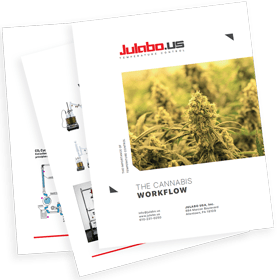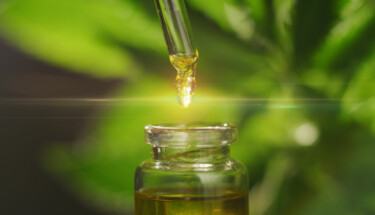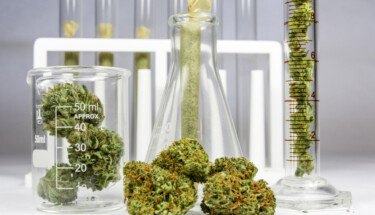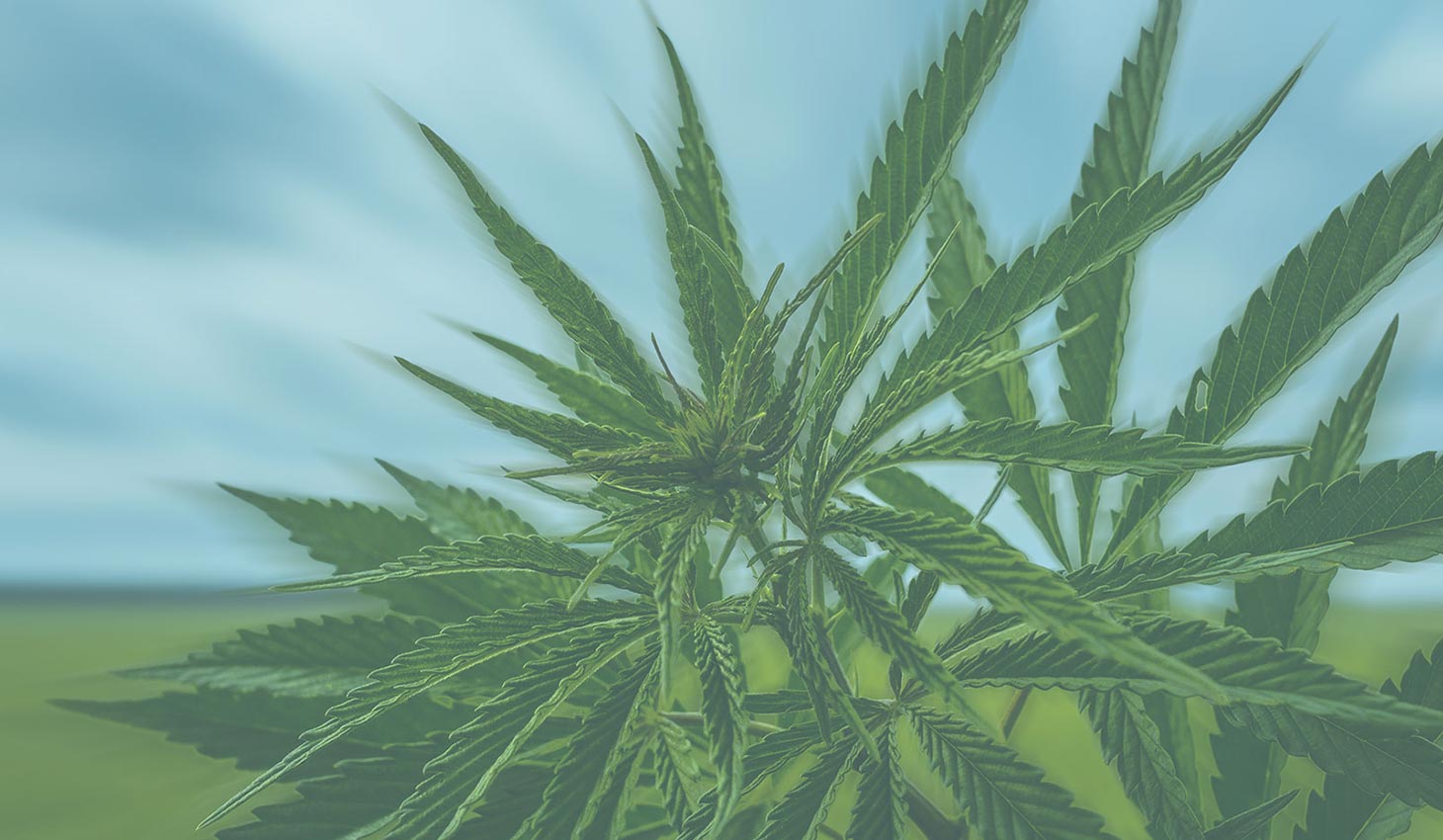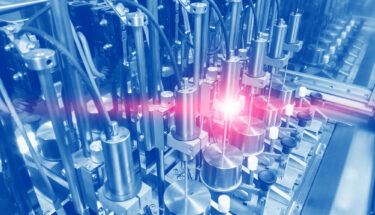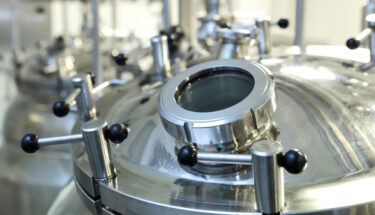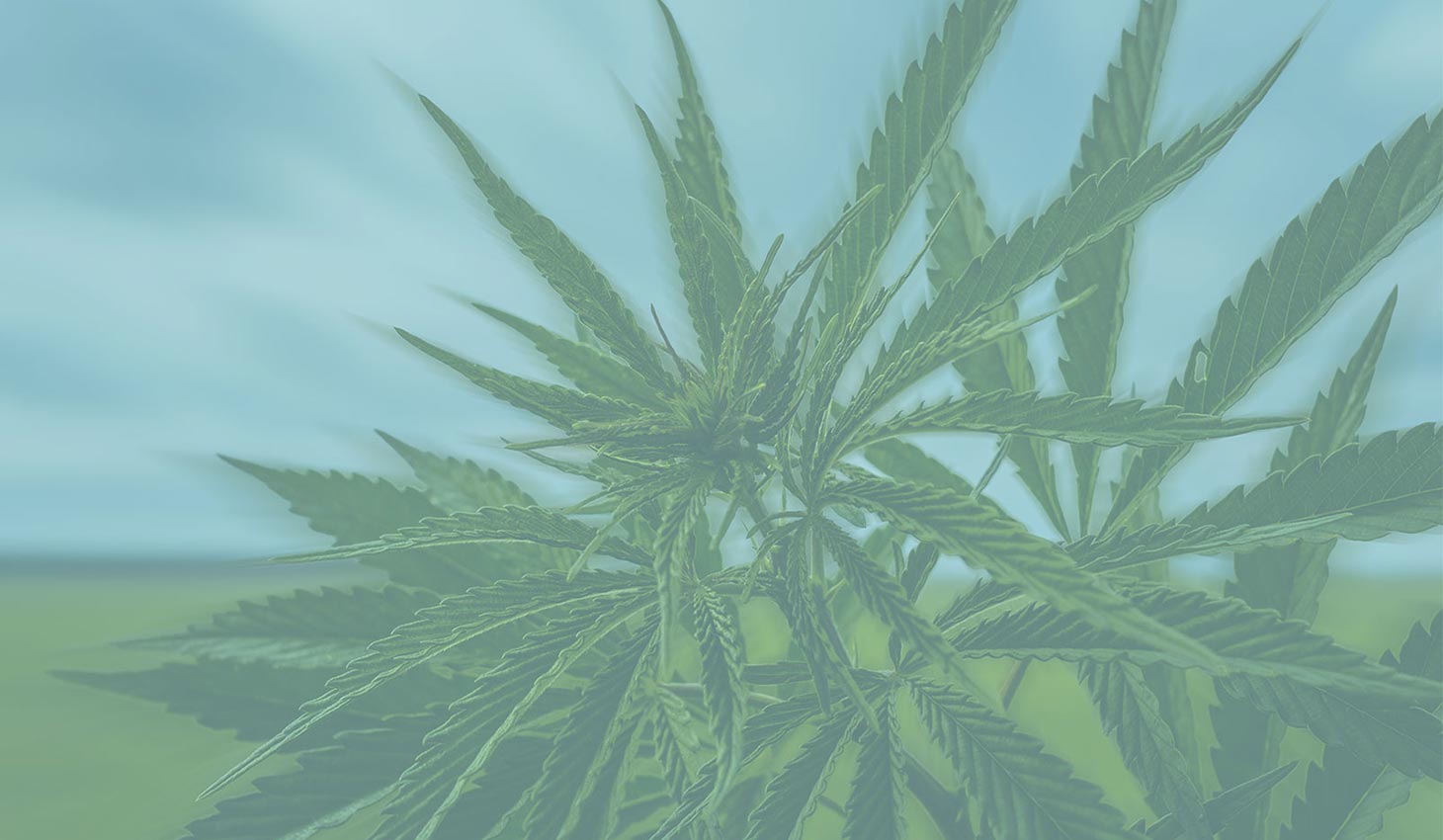
Cannabis Extraction, Part I: Defining Key Terms & Concepts
Legalization of cannabis for recreational and medicinal use is expanding across the U.S. and Canada, and there’s no shortage of enthusiasm coming from all corners of the market. Processors, for one, are responding with promising cannabis workflows to extract plant material and isolate desired components.
Let’s Hear It For Long-Standing Science Still Relevant Today
Reliable Processes Adapted For Cannabis
In general, cannabis processing relies on two main steps:
- Extraction (separation) of the plant material using a solvent and
- Distillation (isolation/purification/refinement) of the desired component(s). There’s nothing “new” here, in terms of methodology.
Humans have been separating and purifying plant material and chemical substances since ancient times. The extraction of metals from ores and medicines from plants is older than recorded history – from alchemy in the Middle Ages (think: search for the philosopher’s stone and elixir of life), to the surge in separations and purifications with the onset of the Industrial Age (think: Manhattan Project and the separation of uranium-235 from uranium-238), to the countless applications still indispensable to so many industries today (think: botanical, chemical/petrochemical, mining and distilled spirits).
The new player at the table here is legalized cannabis. And so these age-old scientific processes are being seen in a whole new light for a lot of people.
But let’s not jump the gun just yet. Before taking a more thorough look at the actual workflows, and seeing how these long-standing processes have been adapted for recreational and medicinal cannabis products, let’s define some key terms.
Blast From The Past: Back 2 Chemistry Class
Key Concepts In Cannabis Processing
Blanking on those lessons you learned in high school chem? No worries. Here’s a refresher on the basic scientific processes at play in cannabis processing:
Extraction: A simple way to separate desired components from a mixture or solid by bringing the mixture/solid into contact with a solvent in which the components of interest are soluble, but the other undesirable/unusable compounds present are insoluble.
- You’re making an extract every time you brew tea – boiling the tea leaves in water to extract the tannins, theobromine, polyphenols and caffeine out of the leaves and into the water. Same goes with coffee and tinctures.
TCUs for Extraction: PRESTO Temperature Control Systems and Heating Circulators.
Distillation: A process to further purify/refine the extract by isolating desired components from other byproducts stripped during extraction through selective heating, vaporization and condensation.
- Distilleries use this method to make spirits from a mash mixture of fermented grains.
Chillers for Distillation Condensers: Recirculating Chillers and Industrial Chillers.
Vacuum Distillation: This simply means distillation that occurs under reduced pressure (by removing oxygen). Placing a liquid mixture under vacuum lowers the boiling point and, therefore, allows the distillation process to occur at a lower temperature and at a faster rate.
TCUs for Vacuum Distillation: Heating Circulators and Refrigerated Circulators.
If distillation were to occur at normal (atmospheric) pressure, the boiling point would be much higher. Evaporation would require a higher temperature and, therefore, longer time to reach that temperature – which would result in more heat exposure for temperature-sensitive components and thermal decomposition of the product. In addition, exposure to oxygen at high temperatures promotes product oxidation.
This is where vacuum conditions swoop in to save the day and protect against product degradation:
- Lower boiling point = Lower temperature/faster rate of distillation = less heat exposure for temperature-sensitive components = no thermal decomposition
- Removal of oxygen = no oxidation
Well, there you have it. Now that you’ve been refreshed on all of those wonderful chemistry terms and concepts, you’re ready for the next installment of our cannabis extraction series. Stay tuned for Part II, where we’ll break down the actual workflows for recreational and medicinal cannabis products.
As more states legalize the recreational and medicinal use of cannabis in the United States and Canada, the number of processors is growing rapidly as they take advantage of the emerging market. In this growing industry, processors are using several established scientific techniques to isolate the desired cannabis components. Can’t wait for the next Cannabis workflow blog?
Want all the low down information on the cannabis craze sweeping the scientific community? Download our complete whitepaper: The Cannabis Workflow and the Importance of Temperature Control today to jump to the front of the cannabis extraction line!

